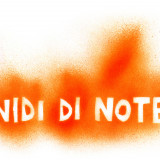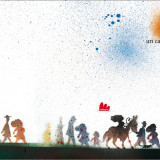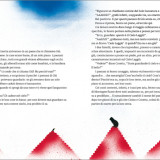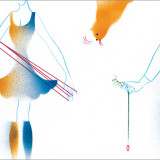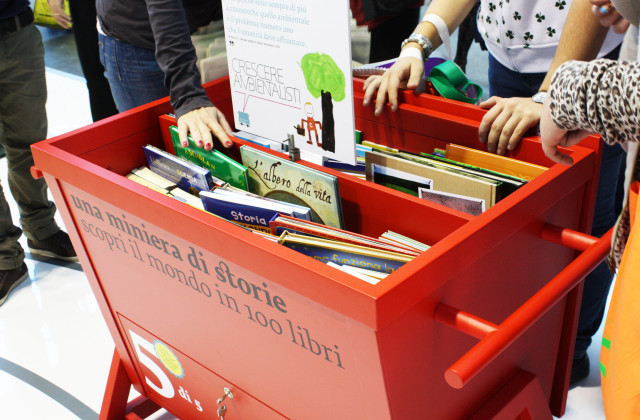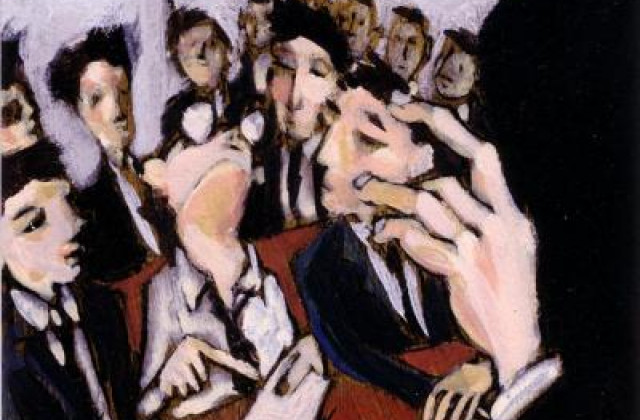Large poster, written and illustrated as a means of propaganda of what we do more or less every day for many years.
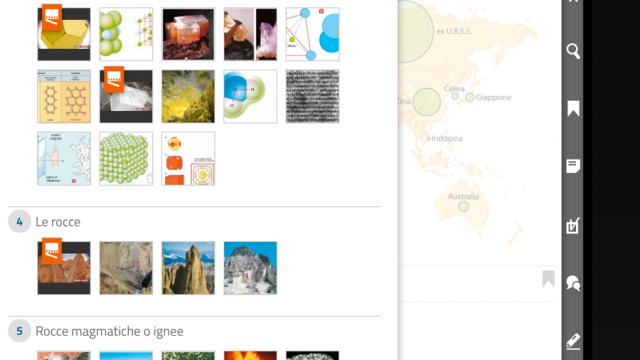
Regarding digital books…
“In the making of digital books, the tools which will have particular importance will be multimedia storytelling, infographics, and the interactive presentation of data and information. The focus will therefore be on the possibilities offered by the integration of different communicative codes (text, images, audio, video) in the fields of information representation, multimedia narration, the ability to motivate and capture attention, as well as encourage comprehension, memorization, abstraction and reasoning skills.”
Maria Chiara Carrozza, Italian Ministry of Education – Decree on digital books 2013
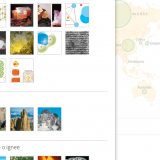
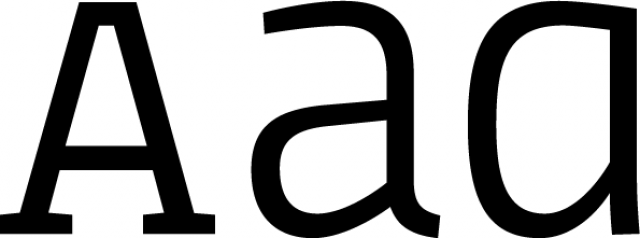
Accessibility Habitability Learning
AAA Accessibilità Abitabilità Apprendimento. For the past two years we've been working on a project about the accessibility of reading.
The first stage has been completed, with the collaboration of Luciano Perondi, who helped us create the Kind font and the Macramé series for publishers Loescher. Linked to these reflections and experiences of typography and reading performance, we recommend the font TestMe, created by Luciano Perondi and Leonardo Romei, in order to check some of the most important typographical features in the reading process. TestMe can be downloaded and modified thanks to its OpenFont licence.
How. Our project Accessibilità, Abitabilità, Apprendimento is based on field testing and an inclusive design approach, and will continue for the next two years, overlapping and integrating with the interactive eBook project. The goal: to apply the results of our research on the habitability of the digital page and its accessibility for people with learning difficulties. Digital technology offers us a unique opportunity to work dynamically and create tailor-made solutions for each reader, using rigorous reading tests to find the most suitable strategies to suit their individual needs. All visual, typographical and layout-based variables with an impact on reading will be identified and adjusted individually.
What. Graphic design.
Year. 2013.
Partnerships. Luciano Perondi.
TestMe can be downloaded and explored here.
Anyone interested in contributing or working with us on this legibility research is welcome to contact us, we would be happy to compare notes.
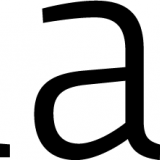
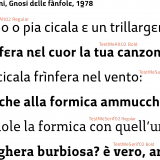
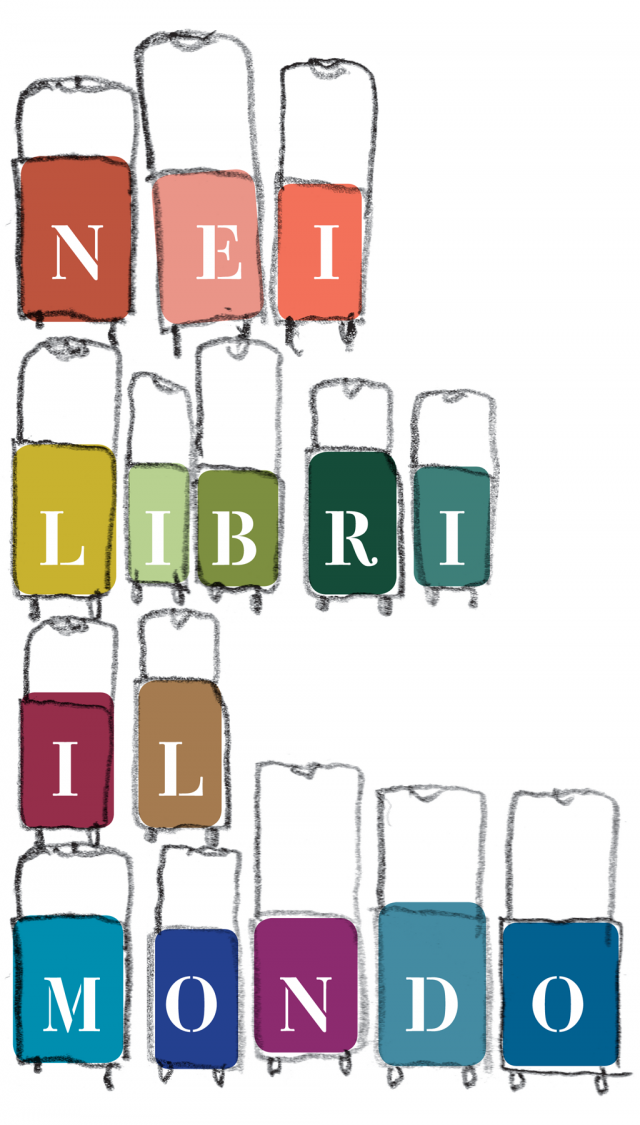
In books, the world
The project Nei libri il mondo [in books, the world] aims to use words, pictures and works of art from children's books to present the stories of peoples who have come together, women and men who have looked one another in the eye, people who have clashed, lives that have been saved, existences that have intertwined.
In the news we hear reports of xenophobia, voyages of hope, intolerance and race. We have searched children's books to find elements of intercultural dialogue that create a journey made of a mix of narrative voices, poetic rhythms, thoughts, life stories, pictures, figures, illustrations and works of art, leading us to discover new horizons.
How. Nei libri il mondo is a library, exhibit and travelling workshop that brings together children’s books without borders, reaffirming the necessity of true civic education that can provide the tools to move towards a deeper understanding, above and beyond grand and empty words. Migration, war zones, illustrators and publishing companies at the forefront are all part of a system that seeks to give voice to both the content and the quality of printed products, to the evocative and expressive power of visual media, to the particular nature of the language used to convey the concepts of meeting, welcoming and inclusion.
What. Graphic design, exhibition staging.
Client. Giannino Stoppani Cooperativa Culturale, Bologna (IT).
Year. 2013.
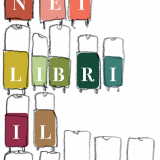
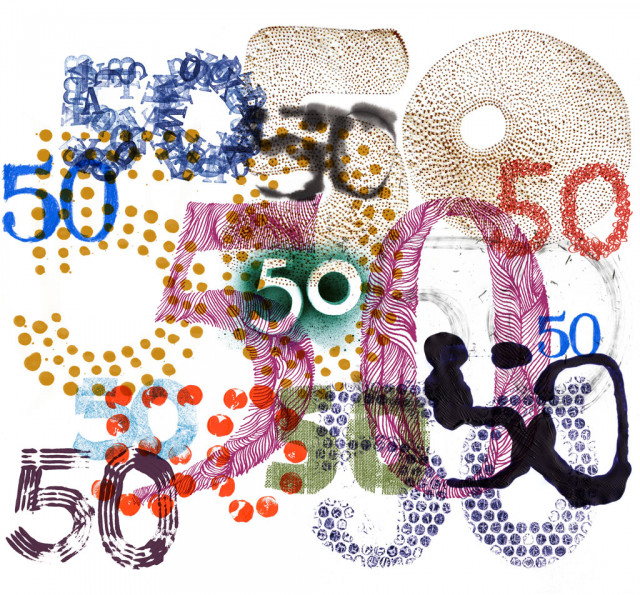
BCBF 2013: 50th anniversary
The fifty years of Bologna Children's Book Fair
In March we celebrated the 50th anniversary of the Bologna Children’s Book Fair. First we designed the logo, then we took care of all aspects of its visual communication.
How. We began by drawing the two numbers: 5 and 0. Once, twice, three, four, five times… fifty times, a hundred times, looking for the perfect design to represent the first 50 years of the fair. But each of these designs had its own significance relative to the 50 years of stories, colours, designs, illustrations, authors, illustrators, drawings, exhibitions, readings and fairy tales… and so we decided to keep them all. Hence the project involved the 50 glyphs – all different – which all began to take on a life of their own in the communications. We left them to incubate for a while, and then they began to proliferate: they joined up, overlapped, rearranged themselves or spread out, livening up all the events in the vast and varied programme and welcoming visitors.
What. Development of an idea and of the central theme, planning.
Client. Bologna Children’s Book Fair, Bologna (IT).
Year. 2013.
ieB online and offline
The ieB (interactive eBook) reading platform has grown and is now in its third version.
An agreement has been signed with publishers Zanichelli, who will exclusively adopt the platform for their scholastic publications.
How. We updated the IeBooks with: an app version for iPad, an app for Android tablets and one for Google Chrome, the possibility to navigate offline once a chapter has been downloaded, synchronization of highlighting, notes and amendments between devices, design of the adaptive page for tablet, compatible with iOS, Android and others mobile OS with distribution on AppStore, Google Play, etc., virtual classes, online exercises, comprehensive illustrations.
What. Design, UX, UI, content editing, development.
Tools and technology. BEdita CMS, IeBook.
Client. Zanichelli Editore, Bologna (IT).
Year. 2013.
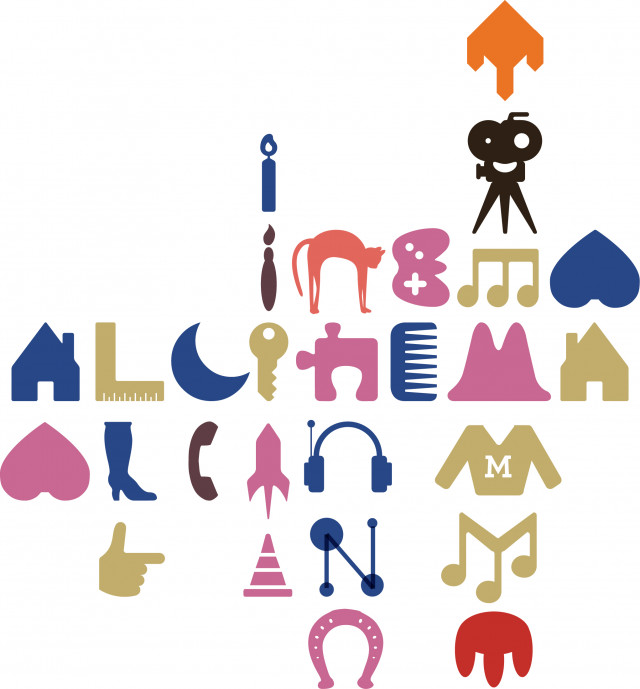
To the cinema!
Al cinema! is a new preschool that has been set up in Bologna thanks to Fondazione Gualandi, which has a long-standing focus on the special needs arising from deafness.
How. In addition to the design of the usual visual aspects – logo, colours, fonts – we came up with something extra. We asked ourselves what would be the most useful tools that visual communication can offer in a preschool. Are the logo, flag colours, visual identity and brand management enough? Or can communication design offer something more? We were greeted with great openness and sensitivity to our proposals, and so, in addition to the logo, we created three writing systems to work in perfect synergy with the school's programmes. The three writing systems will become interactive workshops and materials for play that will generate infinite forms of writing, kinetic alphabets in continuous expansion.
What. Coordinated image.
Client. Fondazione Gualandi, Bologna (IT).
Year. 2013.
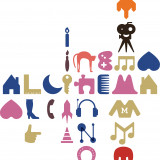
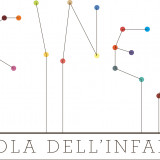
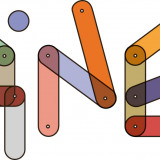
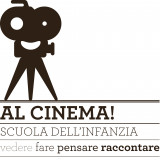
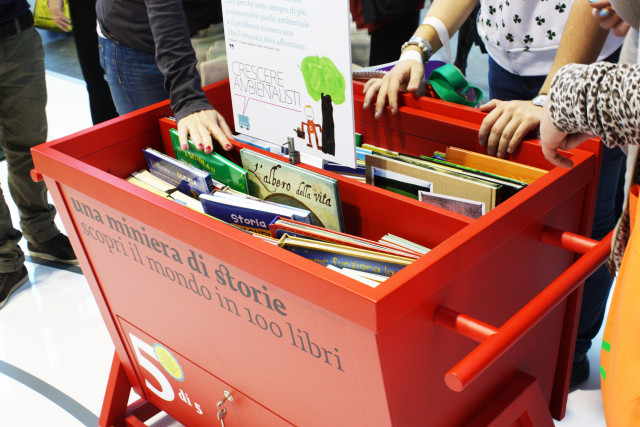
A wealth of stories - Fiori Group at Ecomondo 2012
While we were planning the Fiori Group stand for Ecomondo 2012, the earth moved under our feet.
Suddenly, all our ideas and plans were shelved, pushed aside by the feelings that had shaken us so. Reconstruction became the urgent need, widely shared and called for.
How. With the participation of the Giannino Stoppani Cooperativa Culturale, we created Una miniera of storie… [a wealth of stories], five small mobile school libraries, dedicated to science and raising awareness of environmental topics, and presented to the children in a series of reading workshops during the fair.
What. Analysis, design and production, staging of exhibition.
Client. Fiori Group, Valsamoggia (IT).
Year. 2012.
Partnerships. Giannino Stoppani Cooperativa Culturale.
5 schools.
5 class libraries.
505 science books that are moved between the classrooms of Crevalcore, Pieve di Cento and Mirabello.
505 books that seem small in comparison with the devastation of the earthquake.
505 great books that we hope will contribute to rebuilding an untroubled future.
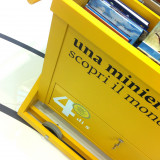
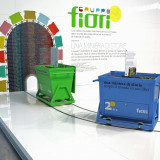
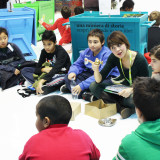
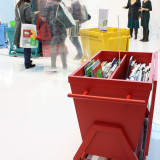
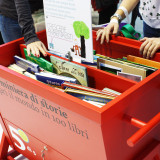
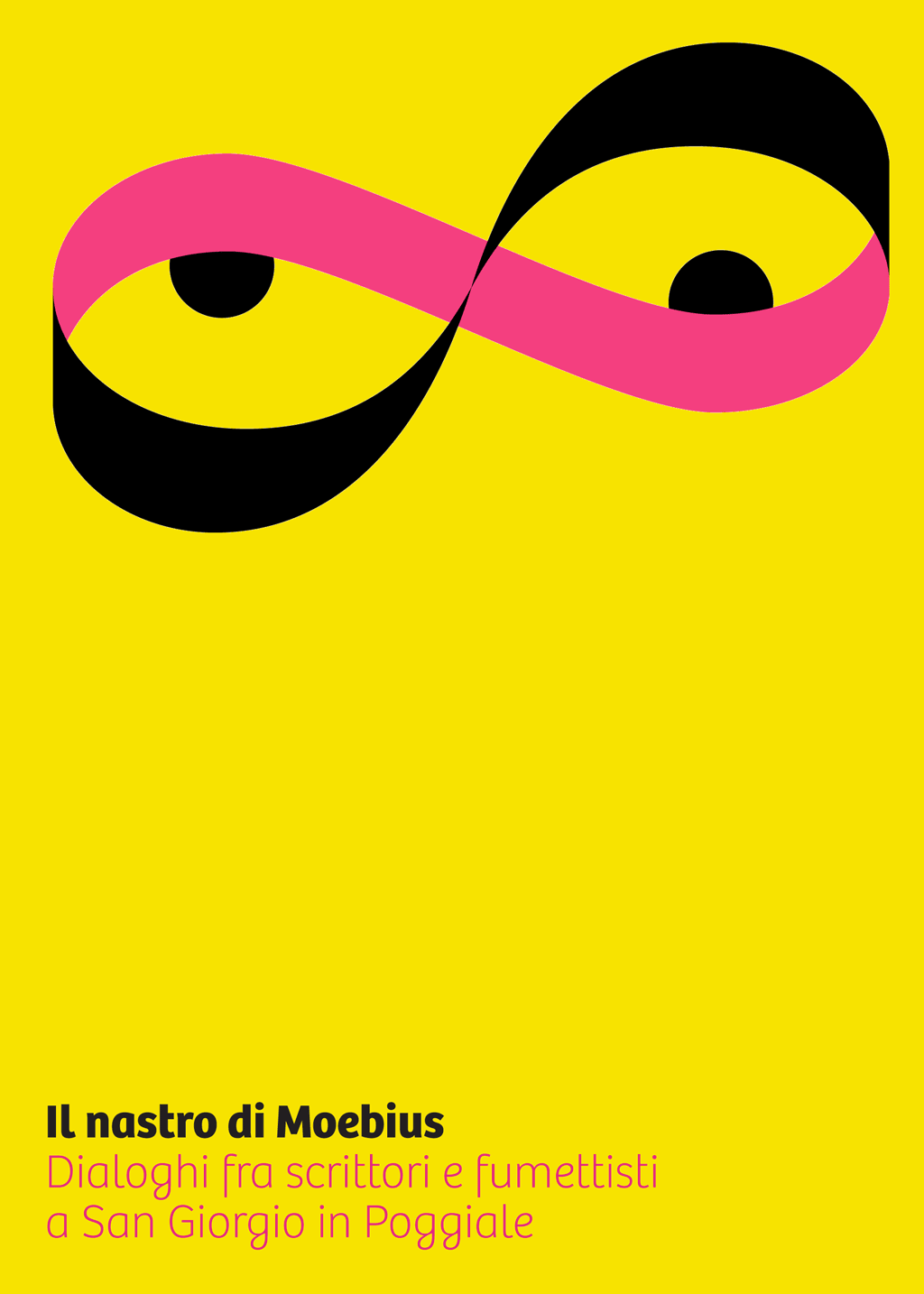
The Moebius strip
We were responsible for the visual identity of a series of meetings entitled Il nastro di Moebius. Dialoghi fra scrittori e fumettisti. [The Moebius strip. Dialogues between writers and comic book illustrators].
Six meetings to explore the dialogue between different languages that interact on the same level, with no boundaries to cross, as if they were moving on a Moebius strip.
How. We gave a face (and two eyes) to this unusual combination of languages, references and evocative impressions.
What. Coordinated image.
Client. Genius Bononiae, Bologna (IT).
Year. 2012.
“Ordinary surfaces, i.e., surfaces that we are used to seeing in daily life, always have two ‘sides’, so that it is always possible to ideally run the length of one side without ever touching the other, except by crossing a dividing line, in the form of a corner (or ‘edge’) […]. However, in the case of the Moebius strip, this principle does not apply: there is only one side and only one edge. If you run your finger around it once, you end up on the opposite side. Only after going around twice do you end up back at the starting point. Thus, for example, you could pass from one surface to the ‘rear’ without ever turning the strip and or cross the edge, but simply by travelling along it.” (translated from it.wikipedia.org)

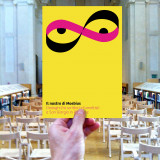
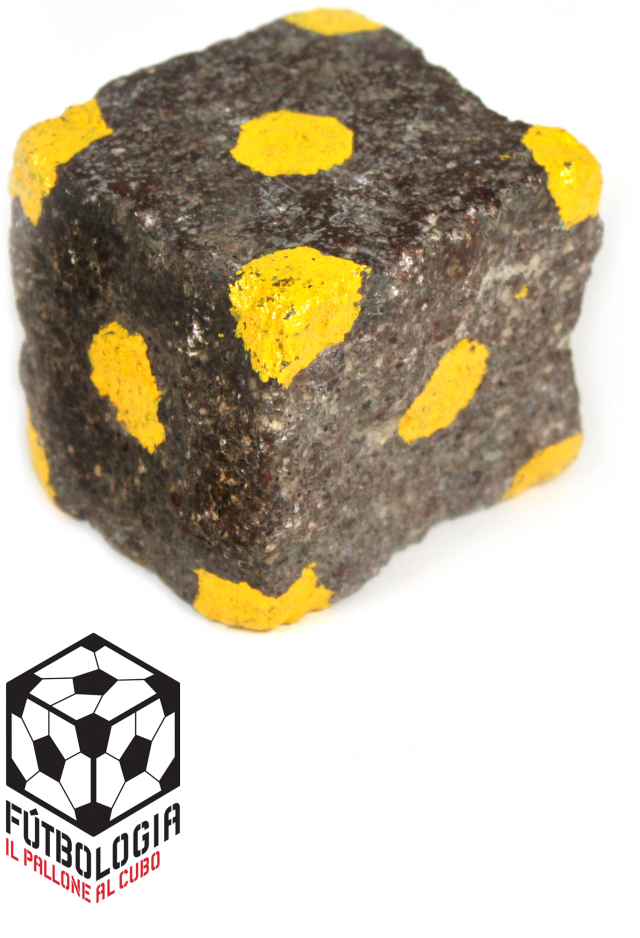
Fútbologia, football cubed
We offered to create the visual identity for Fútbologia: a three-day festival in Bologna and an association to “talk about football with style”.
How. The mascot, São Pedrinho, included in all official communications, is made of porphyry stone, and has been chosen as the official patron and talisman of all “footbologists”.
What. Coordinated image.
Client. Associazione culturale Fútbologia, Bologna (It).
Year. 2012.
“We’ve known the smell of football since we were kids. The smell of mildew in the locker room, grease for the cleats, sweaty jerseys. Entire line-ups learned by heart. We have been watching football all our lives. We recognize stadiums from across the world.
But the level of conversation about football in Italy is very low. And its global business system is up to its ears in shit. It’s less fun lately.
But we have a plan.
A conversation about football from a historical, comparative and contemporary perspective. About power and popular culture. Social and physical sciences, art and literature. Pressing upfield and Tahrir Square.”
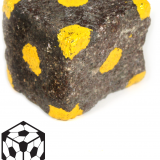
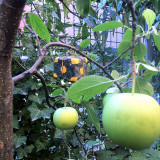
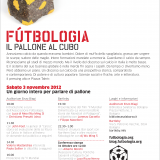
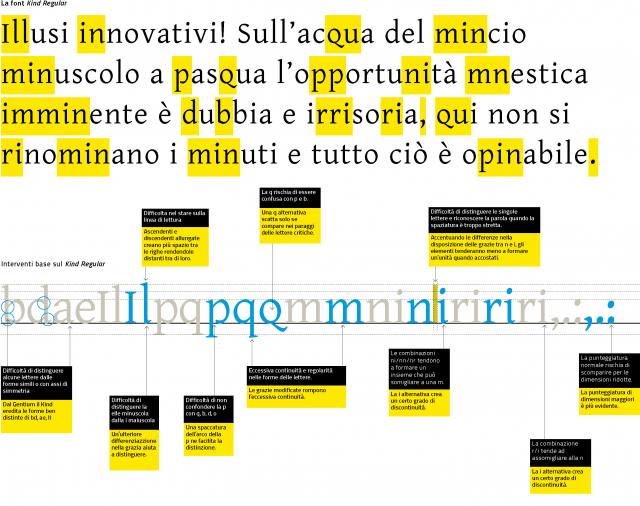
High text accessibility
We used a "design for all" approach to create a series of fictional novels for young people for Loescher publishing house. The Macramé series is conceived to offer the best possible text accessibility, both for stronger readers and for those who may struggle due to learning difficulties, visual impairment or age. The distinctive feature of this project is the inclusive approach to the design of all visual aspects of the page.
How. We studied the specific and unique aspects of the different abilities, identified which visual characteristics were shared and which were variable, and finally built a single reading platform that removed the barriers and obstacles, without disturbing more proficient readers.
What. Graphic design.
Client. Loescher Editore, Turin (IT).
Year. 2012.
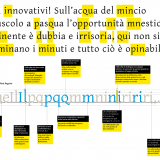
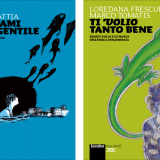
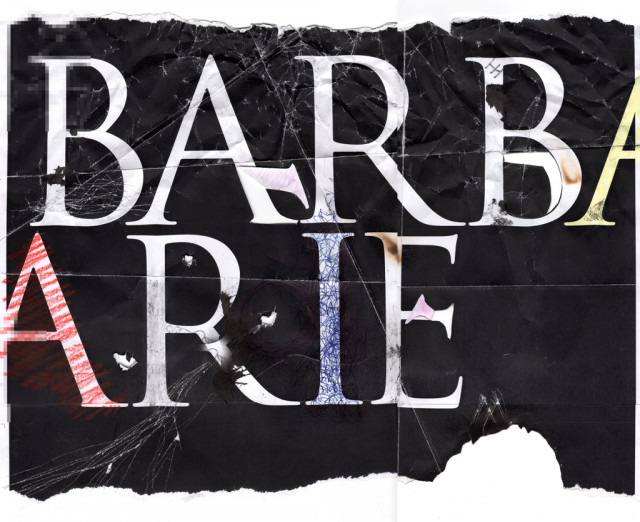
Waiting for the Barbarians
For the eleventh year running, the "La Permanenza del Classico" [Permanency of the Classical] study centre, in collaboration with the Department of Philology and Italian Studies at the University of Bologna, has organized a series of themed events, with readings by famous actors and commentary from academics and intellectuals.
How. We used the form of the typographical character to explore the topic of the “rhetoric of otherness”, which drives us to call people and cultures barbaric if they do not conform to the interests and values of the dominant culture.
What. Graphic design.
Client. “La Permanenza del Classico”study centre, Bologna (IT).
Year. 2012.
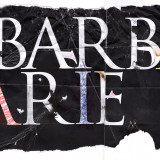
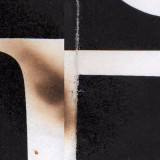
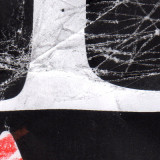
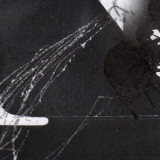
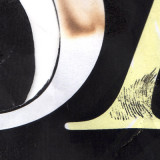
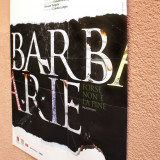
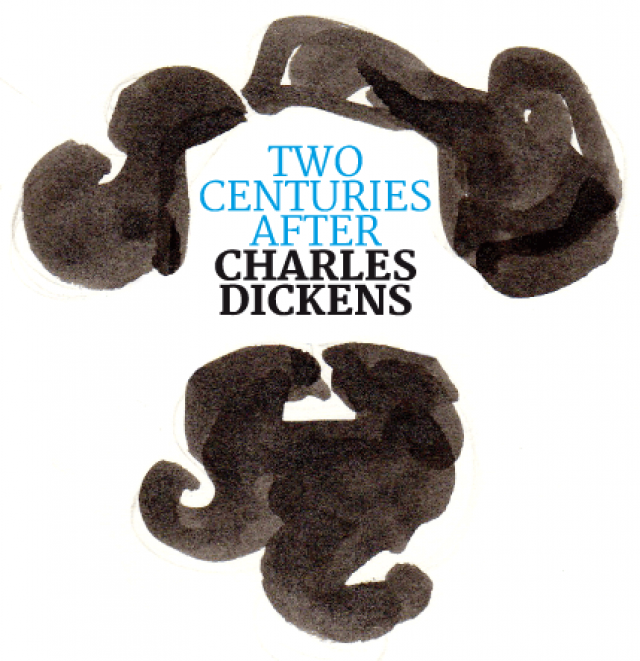
Writer face
The bicentenary of the birth of Charles Dickens.
Two Centuries After: Charles Dickens is the exhibition planned by Bologna Children’s Book Fair and curated by Cooperativa Culturale Giannino Stoppani, held at the Casa Saraceni in Bologna.
How. The logo accompanying the exhibition was created in collaboration with Vanna Vinci. A face that does not look at you, but instead writes for you. The interior design includes theatrical scenery, lavishly decked tables and stacks of first pages, to accompany the gallery of illustrations for A Christmas Carol. On display are illustrations by Barbero-Gil, Blake, Ensikat, Fomina, Innnocenti, Lynch, McKowen, Simmonds, Zwerger and Maggioni.
What. Design, staging of exhibition.
Client. Bologna Children’s Book Fair, Bologna (IT).
Year. 2012.
Partnerships. Vanna Vinci.
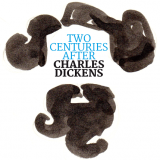
Formulating the future
For Fiori Group at Ecomondo 2011 we designed the interactive installation Formulare il futuro [formulating the future].
How. The idea was to offer visitors the possibility to imagine the future, building their ideal formula on a large magnetic wall.
What. Analysis, design and production, staging of exhibition.
Client. Fiori Group, Valsamoggia (IT).
Year. 2011.
Watch a video of the installation.
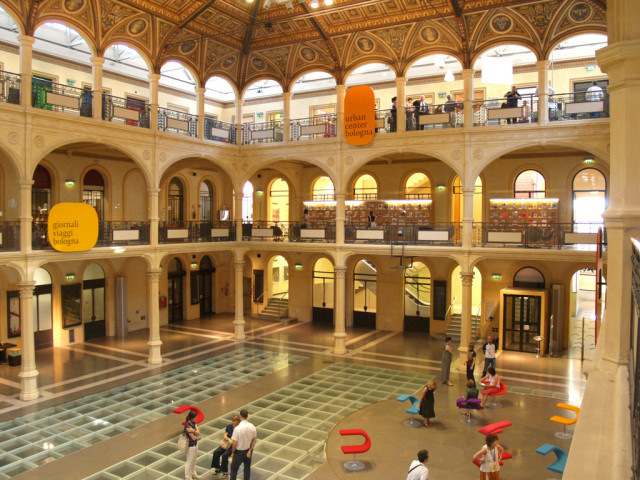
Biblioteca Salaborsa on Presadiretta
We are passionate about archives and libraries. The harrowing situation described by TV presenter Iacona on his programme Presa Diretta on Sunday 26th February 2012, regarding spending cuts to cultural projects, is something we are experiencing in many of our own projects. The Biblioteca Salaborsa [Salaborsa Library], presented after the British Idea Store project, proves that we can do it, but it does not calm our fears regarding the fate of cultural institutions. On the one hand, libraries, archives, museums, theatres and cinemas are forced to jump through hoops just to survive; on the other, the vast cost of projects (?) such as the Italy Culture and Tourism portal (the very juxtaposition of these two terms should give pause for thought) shows a lack of any strategy, projection, ability (or desire) to build meaningful relationships with those who work on the front lines, offering goods and services that are anything but superfluous. The evident distance between these two visions of building and making “culture” is of grave concern. There is great passion in the sacrifices made by those personally involved in this field. In contrast, there is a lack, on the part of the decision makers, of consideration for design as a tool that creates something of value, that looks to the future without squandering resources. Enjoy the show.
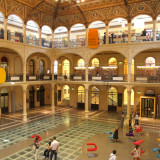

Mapping philosophy
Mind maps, charts and diagrams (collectively known as infographics, to use a buzzword) have always been extremely helpful when trying to understand complex concepts. We find them in students' notes, they are a useful mnemonic tool, and when working or studying in groups they are a great way to share information. They come to our aid, inviting us to follow their line of reasoning, encouraging us to break things down to the bare essentials, to take non-sequential paths, to see the bigger picture regarding a concept. They are a big help for people with learning disabilities and other difficulties.
History, concepts, movements, philosophical theories, explained in hundreds of maps. Le grammatiche del pensiero [the grammars of thought] is a 2,400-page book published by Zanichelli, containing 572 maps created directly within the page layout.
How. A simple, rigorous graphic layout, with few graphic elements, a colour chart and some syntactic rules for the construction of the maps enabled us to interpret the authors' instructions precisely and consistently.
What. Graphic design.
Client. Zanichelli Editore, Bologna (IT).
Year. 2012.
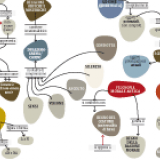
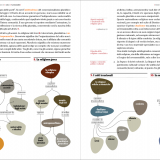
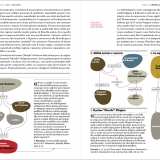
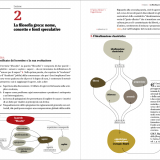
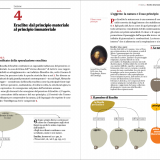

An interactive table
We developed the second edition of the periodic table of the elements for publishers Zanichelli.
How. The interface is designed to facilitate both classwork, using the IWB (interactive whiteboard), and homework. Integrated into the Interactive eBooks, in contains a several different study environments: Temperature and states, Classifications, Charts, Practice.
What. Design, UX, UI, development.
Client. Zanichelli Editore, Bologna (IT).
Year. 2012.
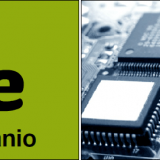
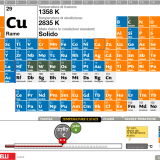
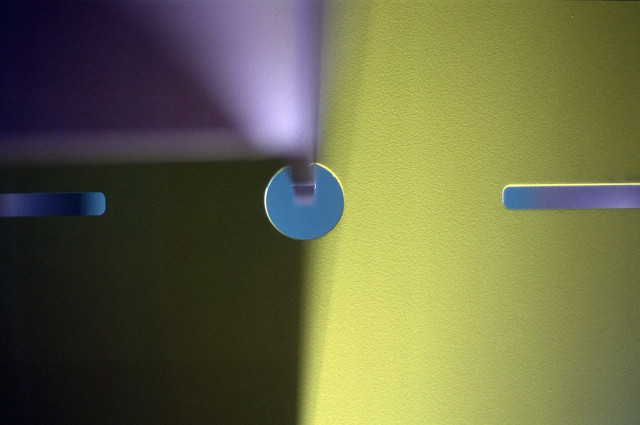
Hoffmann
A sensitive project working on the interior decor and identity of Hoffmann: a toy shop housed in the former Gavina store, designed by Carlo Scarpa between 1961 and 1963, at via Altabella, 23, in Bologna.
How. We wanted the furniture to pay homage to Carlo Scarpa, developing a modular system of panels to slot together at right angles. The panels are in a range of sizes, colours and above all, materials: wood, aluminium, polycarbonate, MDF… each panel reveals its bare material. The panels are assembled simply by slotting them together, so that the architectural forms created can be simple and linear or complex and intricate. The visual identity chosen for the brand is a clockwork winding key. An element that gives power and energy, and focuses particular attention on manual skills and the educational function of toys.
What. Interior, visual identity.
Client. Hoffman srl, Bologna (IT).
Year. 2012.
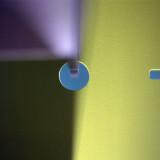
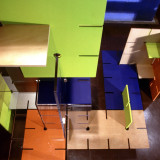
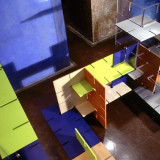
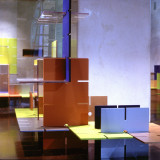
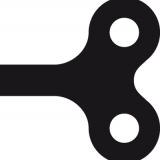
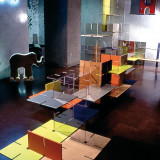
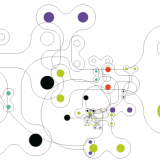
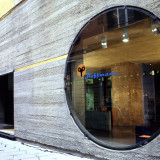

FITSTIC
ITS Foundation for Information and Communication Technology in Technical Schools is born
Chialab has established partnerships with many institutes, education and research foundations, businesses and institutions, and together we created the FITSTIC foundation (the Foundation for Information and Communication Technology in Technical Schools), with the aim of planning and developing original and innovative educational courses in the fields of IT and communication.
We know how difficult it is to find people who already possess the skills needed to be competitive. We know the level of investment faced by companies in our sector get young employees properly trained. Communication technologies evolve at dizzying speeds, while the education system seem structurally impervious to innovation and research. By taking part in the FITSTIC foundation we hope to be able to do our bit to bring training and research back into a key position, to meet the needs of businesses and support innovation.

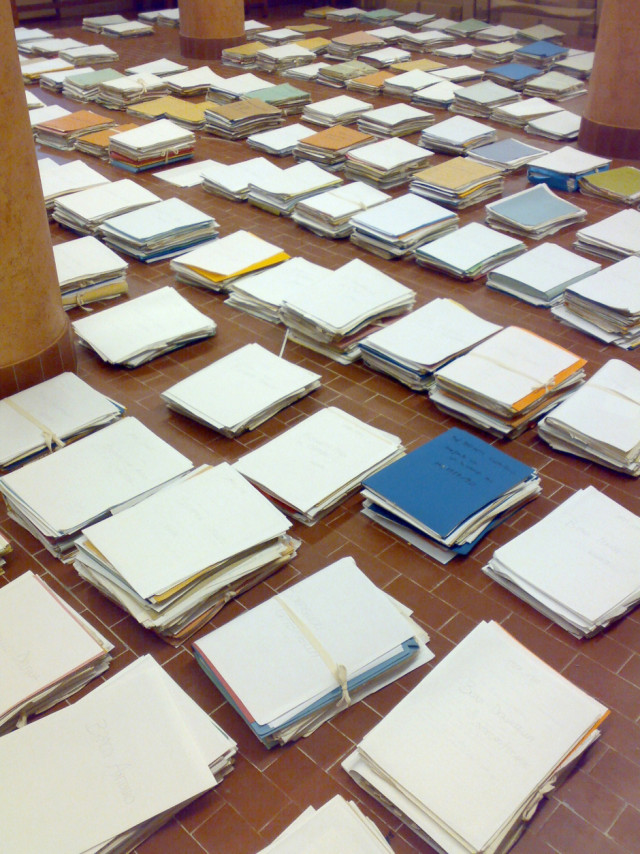
Exploring memories
The archIVI project is a portal inviting you to explore memories of the city of Bologna, browsing through the city's public and private archives. archIVI seeks to recover, protect, index and render accessible the immense and fragmented wealth of historic documents, photographs and audio-visual materials that together form the physical memory of the past two centuries in this city.
How. In addition to co-designing and producing the IT system, it was our job to make accessibility to the vast quantity of data as smooth and simple as possible. We also took care of the user experience and the design of the graphic interface of the portal, right down to details such as the design of a special system of icons.
Year. 2012.
Partnerships. Expert System, Channelweb.
archIVI is sponsored by Fondazione del Monte and Fondazione Carisbo, and involves many of the institutions and bodies of the City of Bologna.
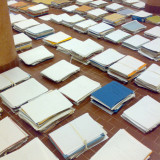
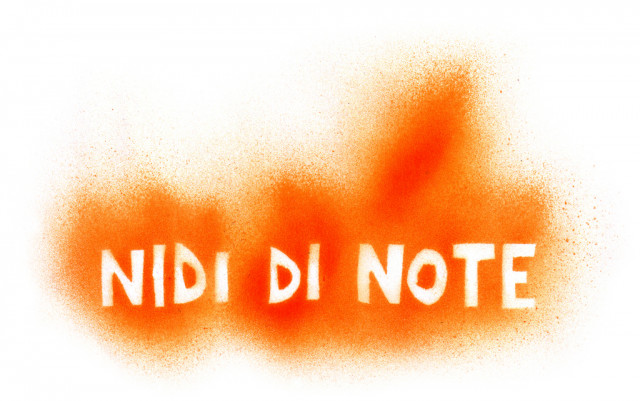
Nests of Notes
Nidi di note [Nests of Notes] is an illustrated book, a course in musical education to browse, read and listen to, which was presented at the 2012 Bologna Children’s Book Fair.
How. We worked with Sonia Peana and Paolo Fresu, who composed and performed the music, while Bruno Tognolini wrote and then read the stories and nursery rhymes, and Alessandro Sanna did the illustrations. We were in charge of the book design, and we put everything together for the guys over at Gallucci editore. It was a challenge, because the project (which will continue with an app) does not adhere to the classic canon of children’s books. It is a project that tells fairy tales, shows illustrations, plays music and recites nursery rhymes. Putting all this into a single object was a tall order.
What. Artistic direction, graphic design and page layout.
Client. Carlo Gallucci editore, Rome (IT).
Year. 2012.
Partnerships. Sonia Peana, Paolo Fresu, Giannino Stoppani Cooperativa Culturale.
